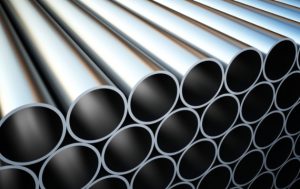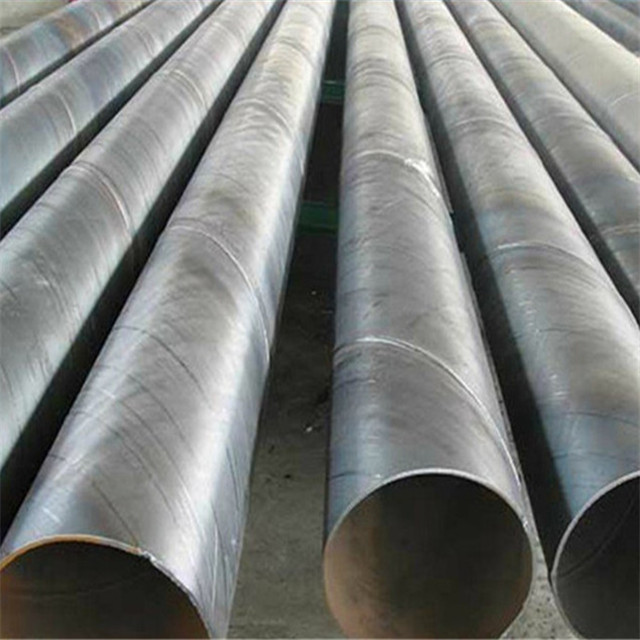Stainless steel pipe and carbon steel pipe are the most commonly used standard steel pipe types today. Meanwhile, they are part of pipes manufactured according to different specifications and standards. Generally, pipes are sold as “nominal pipe sizes”, often ranging from 1/8 inch to 72 inch. No matter carbon steel and stainless steel, both have two most common types of pipes as welded pipes and seamless pipes. By this post, let us discuss about seamless steel pipe and welded pipes below.
Seamless Steel Pipe And Welded Pipes
What is seamless steel pipes?
Actually, seamless steel pipes have no joints. As the name implies, they are produced by hot rolling and cold rolling. The manufacturing process of seamless pipe does not require welding. Generally, the most common specification for seamless carbon steel pipe is A106B. Certainly, stainless steel pipe is manufactured according to A312 specification. Obviously, stainless steel pipes are also available in seamless and welded configurations. The most common stainless steel materials are 316 and 304.
About welded steel pipes
On the other hand, the welded pipe is made by rolling the steel coil to the required standard thickness, which is a manufacturing process that leaves a joint on the pipe body. In the next stage, the joint shall be cut to the width corresponding to the pipe size to be constructed. Especially, welded pipe is also called ERW (resistance welding) pipe. The most common specification for welded carbon steel pipe is A53.

Advantages For Welded Pipe And Seamed Steel Pipes
Each pipeline has advantages and disadvantages, depending on your end use. Although the seamless joint has a high pressure rating, it may not be the highest priority of the project. If you are building a bridge and need a large number of piles, it may be more important to weld the pipeline with lower cost and larger potential size.

List advantages of welded steel pipes
1. Electro-welded steel pipe has a large size range, which can produce welded pipe with diameter of 45 to 4000 mm, wall thickness of 0.1 to 40 mm and pipe length of hundreds of meters. The wall thickness is smaller than the wall thickness of seamless steel pipe and furnace pipe. The ratio of pipe diameter to pipe wall thickness can reach 100.
2. The appearance of new electric welding devices, equipment and control systems has been continuously improved, which makes the weld have higher strength than the metal substrate. The use of heat treatment eliminates the welding stress of the weld and allows the welded pipe to obtain uniform structure on the cross section.
Seamless steel pipes with its advantages
1. Totally, seamless steel pipe also has large diameter seamless steel pipe and small diameter seamless steel pipe. And also the furnace welded pipe is also very small. Normally, pipe diameter is from 4 to 50. And wall thickness is from 5 to 28.
2. In additional, they can usually withstand greater pressure, which makes them ideal for oil and gas industry applications. If the pipe is in the visible area, there will be no joints exposed to corrosion and it will not look ugly. Due to the limitation of the production process, when you need a really big pipeline, it is not a good choice.
